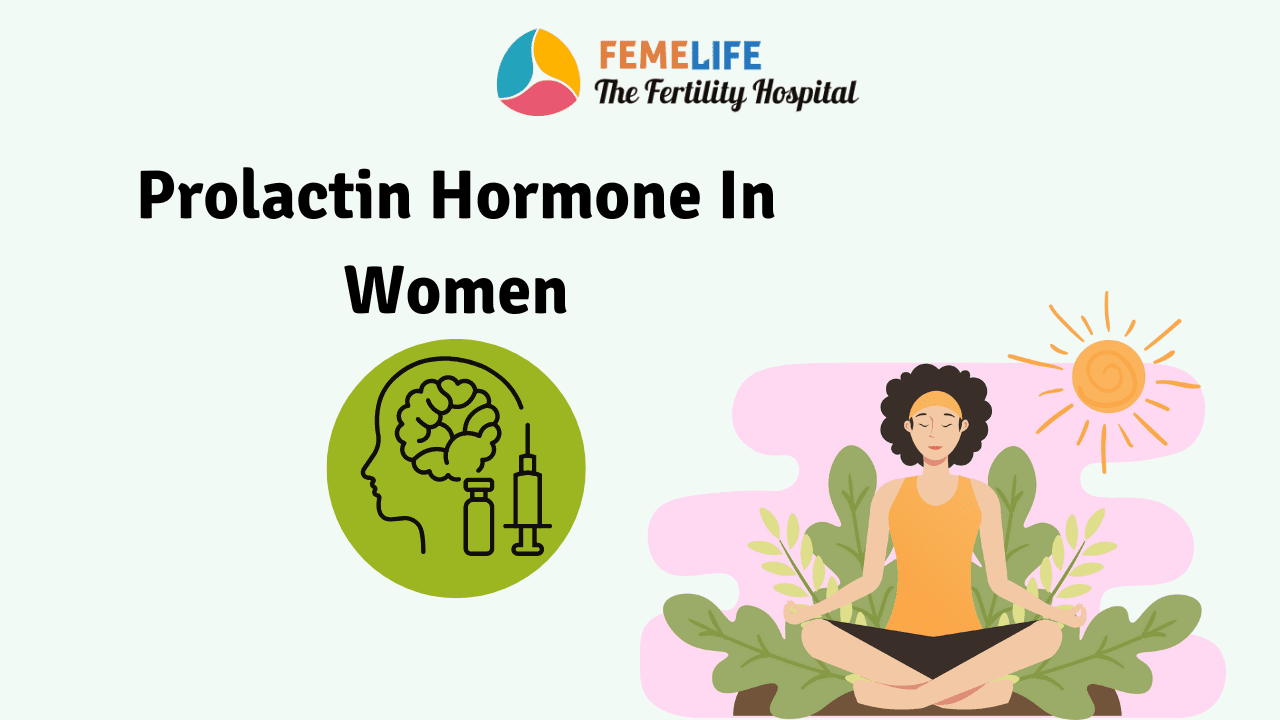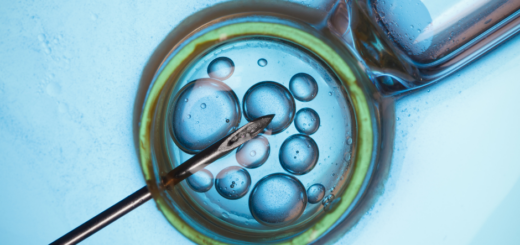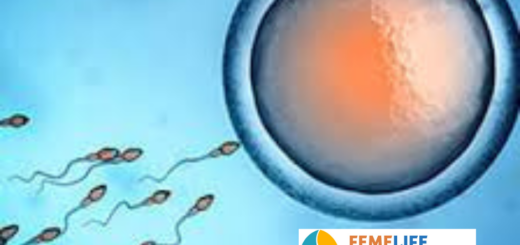Prolactin Hormone In Women

Prolactin hormone in women helps for lactation, some breast tissue development and milk secretion. More than the normal levels of prolactin in the blood can cause some symptoms, such as irregular periods, infertility and erectile dysfunction in men.
What is prolactin?
Prolactin is a hormone that will help for lactation, some breast tissue development and helps to hundreds of other bodily processes. Prolactin levels should be low in people born as male at birth (AMAB) and non-lactating and non-pregnant people. They’re normally high in people who are pregnant or breastfeeding (chest feeding). Often the prolactin comes from the pituitary gland. It creates and releases the hormone.
The pituitary gland is a small, pea-sized gland placed at the base of the brain below the hypothalamus. It’s a very important endocrine system and is in charge of making many important hormones, including prolactin. Dopamine and estrogen control prolactin secretion and release from the pituitary gland.
The central nervous system, immune system, uterus and mammary glands are also eligible for producing prolactin. The following factors can form to prolactin creation in these tissues:
- Nipple stimulation.
- Exercise.
- Stress.
How does prolactin affect the body?
Prolactin helps for body functions, but the two important functions include:
- The development of mammary glands within breast tissues and milk secretion.
- Lactation and breastfeeding (chest feeding).
Prolactin’s role in mammary gland to development and milk production
In pregnancy, the hormones prolactin, estrogen and progesterone stimulate breast tissue to form the milk production.
Prolactin helps the growth of some type of breast tissue called mammary alveoli, which are the components of the mammary gland where the secretion of milk forms. It also stimulates the breast alveolar cells to secrete milk components, including:
- Lactose, carbohydrate component of milk.
- Casein or protein component .
- Lipids or fat.
helps in lactation and breastfeeding (chest feeding)
After birth of the baby, progesterone levels drop, which raises the number of prolactin receptors on the mammary alveolar cells. This allows for milk production through the nipple, commonly known as lactation.
After delivery, prolactin levels don’t remain constantly high. Prolactin levels will be high during periods of nipple stimulation through suckling by the baby. As long as the baby maintains suckling, prolactin levels stay high. During periods when no breastfeeding, the prolactin levels will be low, and milk production will also be low. If a woman doesn’t breastfeed their baby, prolactin levels come to the non-pregnant levels after one to two weeks.
What causes prolactin hormone in women to increase?
Prolactin levels normally increase in pregnancy and breastfeeding (chest feeding). They may also increase slightly due to the following situations:
- Physical stress, such as experiencing pain.
- Exercise.
- Eating a meal.
- Sexual intercourse.
- Nipple stimulation unrelated to chest feeding.
- Injury to your chest area.
- Epileptic seizures.
These will rise the prolactin are usually lightly and temporary. Certain conditions and medications can cause long-term (persistent) high prolactin levels.
What test measures prolactin levels?
A prolactin (PRL) test will help to find the level of prolactin in the blood. The healthcare provider may do a prolactin blood test for experience signs and symptoms of high prolactin levels and/or to increase the function of the pituitary gland.
What are normal prolactin levels?
Normal value ranges for prolactin levels may differ among different laboratories. Be sure to take at the range of normal values mentioned on the laboratory report or ask the healthcare provider about the results.
In general, the normal values for prolactin have:
- Male at birth: Less than 20 ng/mL (nanograms per milliliter).
- Female at birth who are not pregnant or breastfeeding: less than 25 ng/mL.
- Pregnant or breastfeeding: 80 to 400 ng/mL.
What are the signs and symptoms of more prolactin hormone in women?
The high prolactin hormone in women can cause the following symptoms:
- Infertility.
- Loss of interest in sex.
- Milky discharge from the nipples when not pregnant or breastfeeding (galactorrhea).
In Female at birth, symptoms of high prolactin include:
- Changes in menstrual cycle not related to menopause, such as irregular periods (menstruation) or no periods (amenorrhea).
- Pain or discomfort during intercourse because of vaginal dryness.
Male at birth, common symptoms of a prolactinoma include:
- Erectile dysfunction (ED).
- Low levels of testosterone.
- Enlarged breast tissue (gynecomastia).
What causes abnormally high levels of prolactin hormone in women?
Several factors and conditions can develop high levels of prolactin in the blood (hyperprolactinemia), including:
- Prolactinoma, a pituitary gland tumor
- Certain medications.
- Certain health conditions.
- Other pituitary gland tumors.
Prolactinomas can develop high prolactin levels
Prolactinoma is the most common cause of high prolactin hormone in women. A prolactinoma is a benign (non-cancerous) tumor that forms in the pituitary gland and develops excess secretion of prolactin. It’s a type of pituitary adenoma.
Prolactinomas will develop most commonly in people under the age of 40. They’re more common in females at birth than in male. They sometimes develop in children and adolescents.
Healthcare providers usually treat prolactinomas with medicine, but they can also be treated with surgery and radiation therapy.
Medications that can cause high prolactin levels
The brain chemical dopamine helps to lower the production of prolactin in the body. Any medication that affects the secretion or use of dopamine in the body can make the prolactin levels high.
Medications that can rise the prolactin levels include:
- Certain antipsychotic medications, such as risperidone.
- Certain high blood pressure medications.
- Medications that treat nausea and vomiting.
- Pain relievers that contain opioids.
If high prolactin levels are due to a medication, the prolactin levels will usually turn to normal three to four days after stop taking the medication. Never stop taking a prescribed medication unless the healthcare provider has told.
Health conditions that can cause high prolactin levels
Health conditions other than a prolactinoma that may develop hyperprolactinemia include:
- Kidney disease.
- Hypothyroidism (underactive thyroid).
- Shingles, especially if the rash or blisters are on your chest.




















